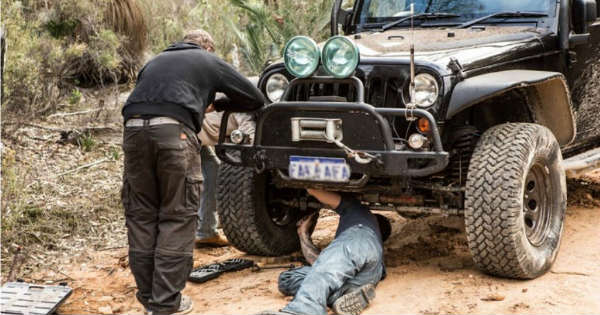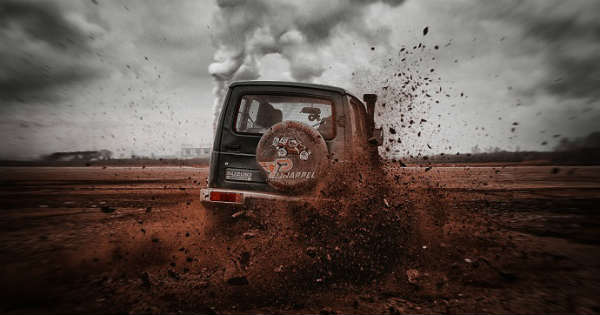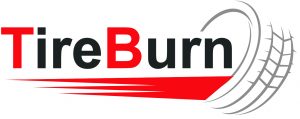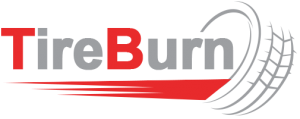Preparing for your first off-road adventure can be very exciting and stressful at the same time. There are many things that can go wrong while you’re out exploring the vast Australian outback, and getting stranded in the middle of nowhere is no fun. With that said, it’s important that you get some off road parts and accessories that will help you deal with the problems you might face on your next adventure. All of these 4×4 accessories are quite affordable, so you can get most of them if you decide you need them.

Plus, they won’t take up a lot of space, which is very important, especially if you’re touring for more than a few days at a time.
Recovery Gear
Every avid off-road enthusiast needs to own recovery equipment. Chances are, at one point or another, you will get stuck. The easiest way to get unstuck is with a snatch strap and some shackles, recovery tracks or a winch. You’ll want a snatch strap with a minimum breaking strength that’s 3-4 times the weight of your vehicle. Snatch straps are usually made from nylon, and they’re specifically designed to stretch, add extra tug to your tow and reduce the momentary load on your vehicle’s recovery points.
3 1/4 tonne shackles are suitable for connecting one end of the strap to the appropriate recovery point. When attaching the shackle to the recovery point and the strap, make sure to tighten the pin completely. Then, back it off a quarter turn to allow some flex in order to avoid damaging the threads.

Using snatch straps or a winch involves massive force, and mishandling or failure to do so can be very hazardous. The safest way to get out of a sticky place is by using TRED recovery tracks. These recovery tracks can double down as shovels, so if you can’t put them under your tyres for momentum and drive out, you can use them to excavate your tyres instead.
You can even use them to dig a latrine or fire pit in your camp. Further, you don’t even have to drive a 4×4 or go off road to benefit from recovery tracks since they work as well in the snow and on the road as they do in soft sand or mud off it.
Your recovery equipment should be stored securely within arm’s reach of the driver’s seat. This is due to the fact that getting stuck can be unpredictable, and you can lose access to your trunk, windows and even doors. Keeping the gear somewhere within reach will help minimise the amount of mud-wading you’ll have to do.
Work Lights
Getting out of a rut can be time-consuming, so it’s best that you prepare yourself to be out and doing work even after dark. A good work light will allow you to see what you’re doing as you perform a recovery, repair or just pump some air into your tyres.
Modern work lights are usually LED and are equipped with magnets and hooks, allowing you to position them for hands-free use, no matter whether you’re working underneath your vehicle or outside it. Many work lights come with multiple modes, so you can adjust the amount of illumination you need, and they can be charged from a conventional outlet or your vehicle.
If you don’t want to get a work light, you can get a conventional LED flashlight or headlamp. Headlamps also offer hands-free illumination, but it won’t be as powerful as the illumination from a work light or flashlight. Flashlights, on the other hand, are powerful, but they’ll keep one of your hands occupied, which might not be the best idea when trying to get out of a sticky situation.

Air Compressor
The most convenient way to add traction off the beaten trail is to drop the air pressure of your tyres. 20 PSI is a great all-round number for any type of vehicle. On standard equipment, you can reduce the pressure of your tyres down to about 8 PSI for driving in snow, soft sand or mud.
You’ll just have to be careful when driving around rocks and other obstacles, because the lower your tyre pressure is, the higher the chances of damaging your wheels.
Obviously, if you drop the air pressure for off-road driving, you’ll need a way to bring it back up to drive on the road. An air compressor is one of the most useful off road parts and accessories for this reason alone – it provides a way to drop and increase the pressure of your tyres quickly, without overheating.
Look for a compressor that can connect to your battery with alligator clips. You’ll also want an air hose that’s long enough to reach from your battery to all wheels (about 10 metres).
Jump Starter
You shouldn’t have to rely on another vehicle to jump your own. If you accidentally run your battery to keep your food and drinks cool in your portable fridge, a portable jump starter can help fire it back up. Modern jump starters are simple, affordable and often come with a high-capacity lithium-ion battery pack.
They can charge off your cigarette lighter and supply portable power for all your gadgets. Just make sure it’s charged, as many people make the mistake of leaving one in the truck for several months, ending up being useless when they need it most.
Basic Hand Tool Kit
You don’t need anything too fancy, just a comprehensive range of basic tools, plus anything special your 4×4 might require. For instance, I carry a fan clutch everywhere I go, plus a selection of drivers, wrenches, pliers, and all that other good stuff.
Even if you don’t plan on working on your vehicle during the trip, the bumps and vibrations can rattle stuff loose, and having a toolkit with the right tools will allow you to deal with problems as they arise. You can go as far as getting a few air power tools if you get an air compressor.
Work Gloves
All of the off road accessories mentioned above and the work you’ll perform with them is going to be hard on your hands, especially when you’ll have to do it in small, wet, dark spaces and around sharp edges.
A pair of heavy-duty, leather-palmed gloves will add more protection and grip to your hands. You can use these work gloves not only when exploring the outback, but also around the house and garage, when hunting, performing tasks around the camp, etc.
Navigation
Knowing where you’re going, and where you are in the vast Australian outback using a traditional paper map can be confusing. There are often multiple trails going in similar directions, and knowing exactly which one you should follow can be extremely difficult.
You can cut yourself a lot of slack if you get a quality off-road navigation application which can track your progress in real-time and offer an easy way to figure out where to go. There are quite a few applications available nowadays that you can run on your phone or GPS-enabled device, then mount them using a magnet or clamp next to your dashboard.




